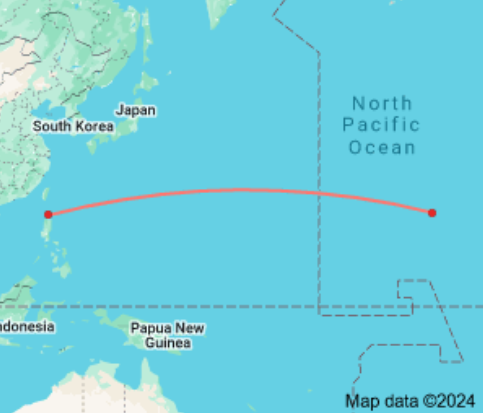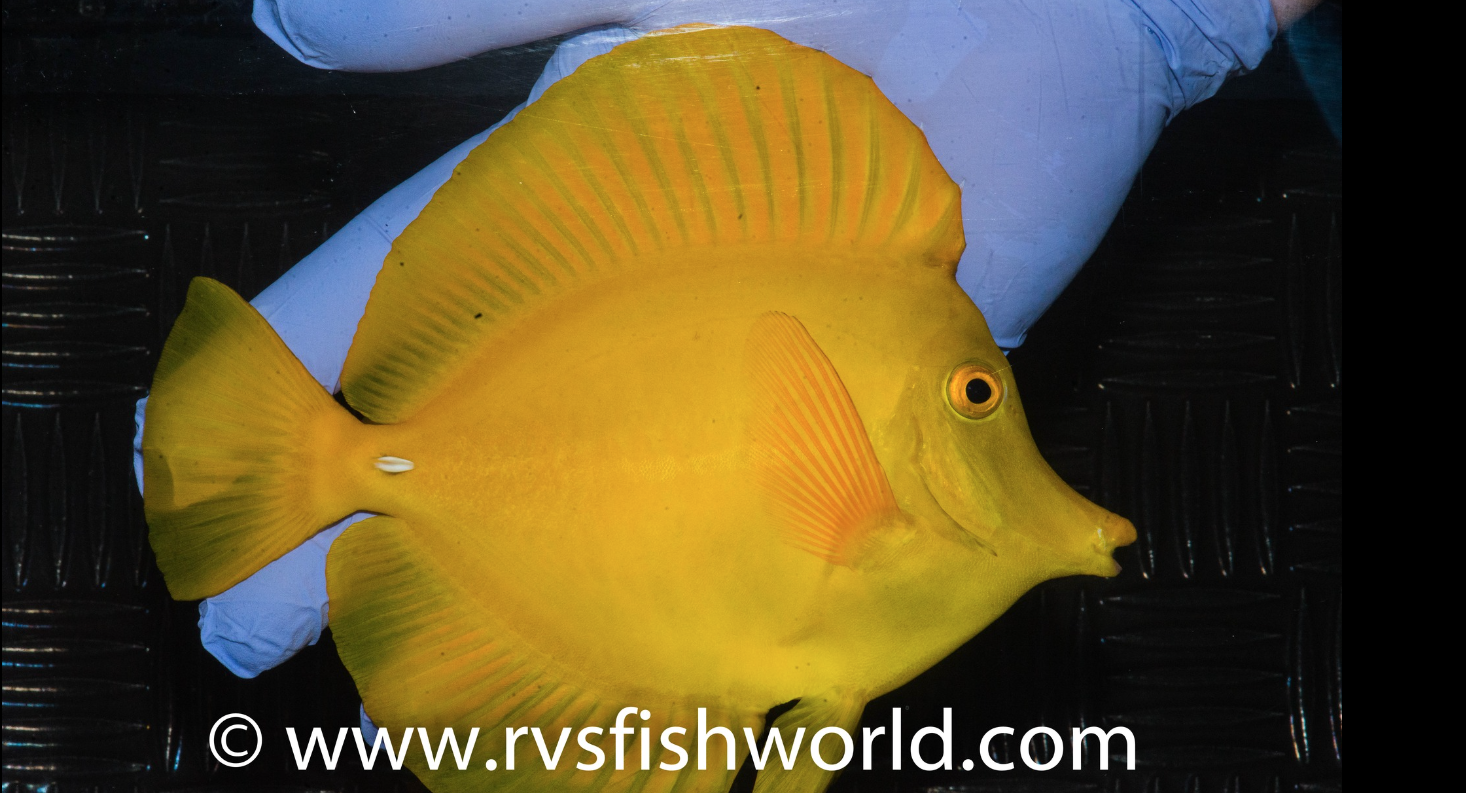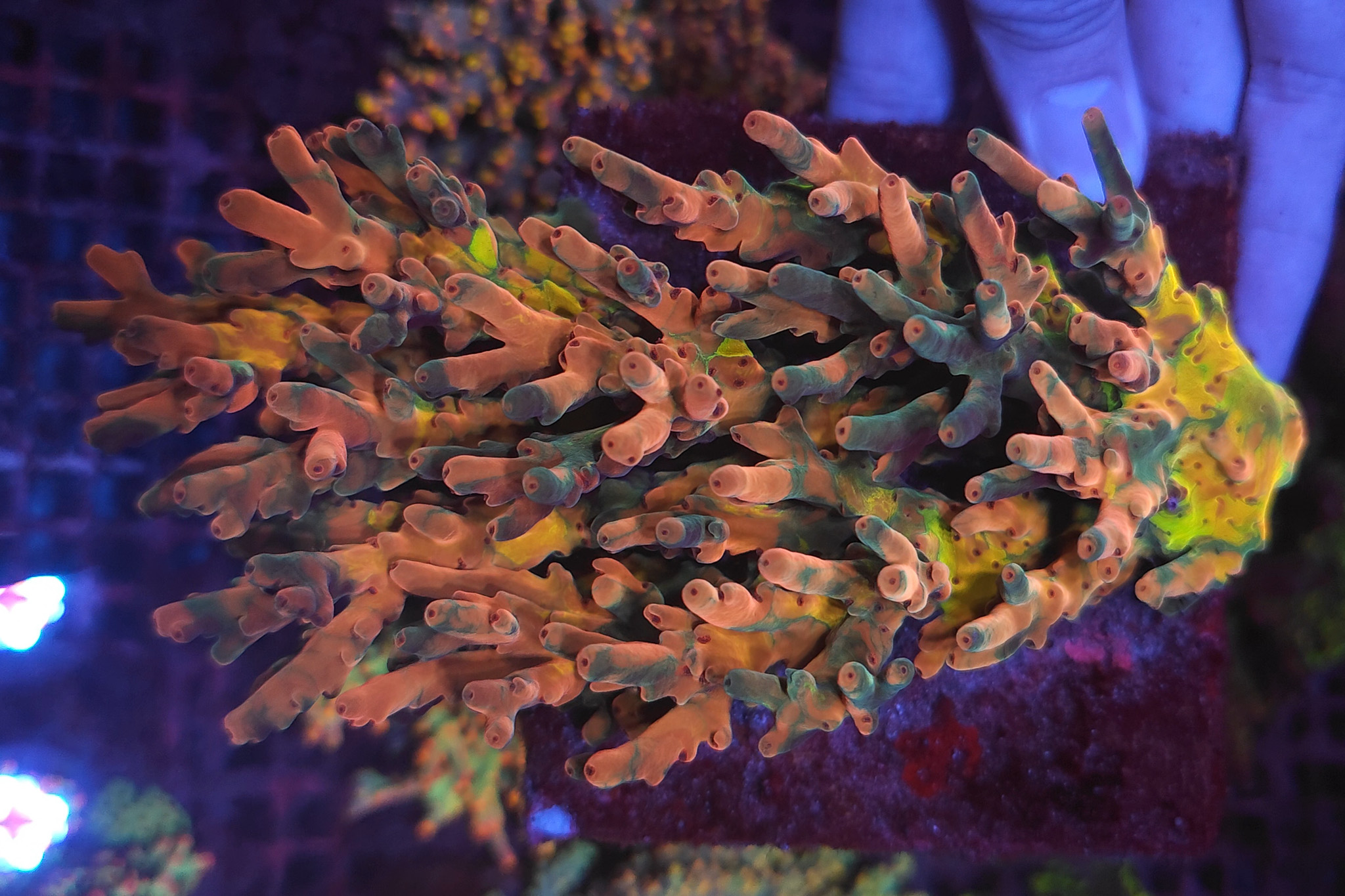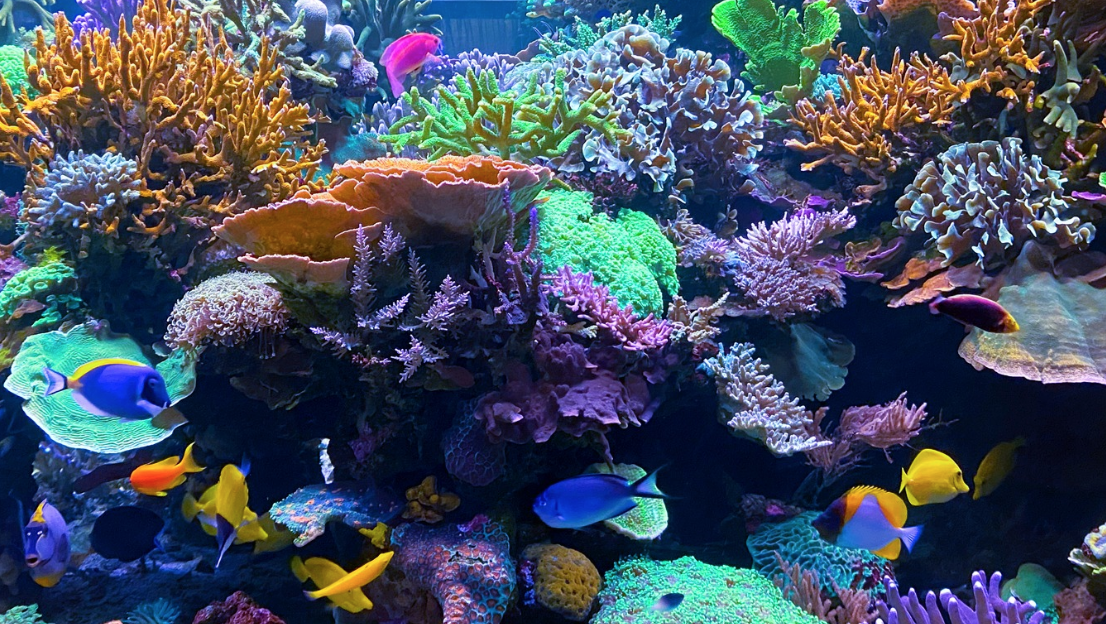Keen fish watchers will have seen wild-caught Yellow Tangs on the social media feeds of RVS Fishworld, along with stunning Mask swallow angelfish and rare Anthias. But with the Hawaii fishery still closed for collection where did the Yellow tangs come from? The answer lies 5,325 miles to the West of Hawaii, at Calayan Island, in the far North Philippines. We caught up with RVS owner Barnett Shutman to tell us more:
“After a successful net training and PADI Scuba event in Calayan Island, in cooperation with Ret. Gen. Hermogenes Esperon Jr., the Bureau of Fisheries and Aquatic Resources (BFAR) Region 2, Local Government Unit Mayor Joseph Llopis, Police Dept. and Coast Guard, we thought we’d update you with the results so far.”
“This incredible training opportunity was given free by RVS Fishworld Inc. to the indigenous people of Calayan Island, teaching them PADI scuba including dive safety, and proper decompression, and teaching them the proper skills of using nets to collect aquarium fish offering a sustainable livelihood and providing all of the equipment necessary to operate in a safe and sustainable manner.”
“Aside from sustainability, the program has had a significant impact on the local coastal community financially, with the income of the associated divers increasing from 1,500 Philippine pesos ($27.00 USD ) per week spearfishing broodstock/ breeding size fish from the reef to 10,000 Philippine pesos ( $183.00 USD ) per week collecting aquarium fish in a much less impactful way.”
“It’s important to mention that RVS Fishworld Inc. has installed Space X’s Starlink satellite distributed internet too as it means they have been able to get stable internet access to the island which has assisted immensely in critical communications.”
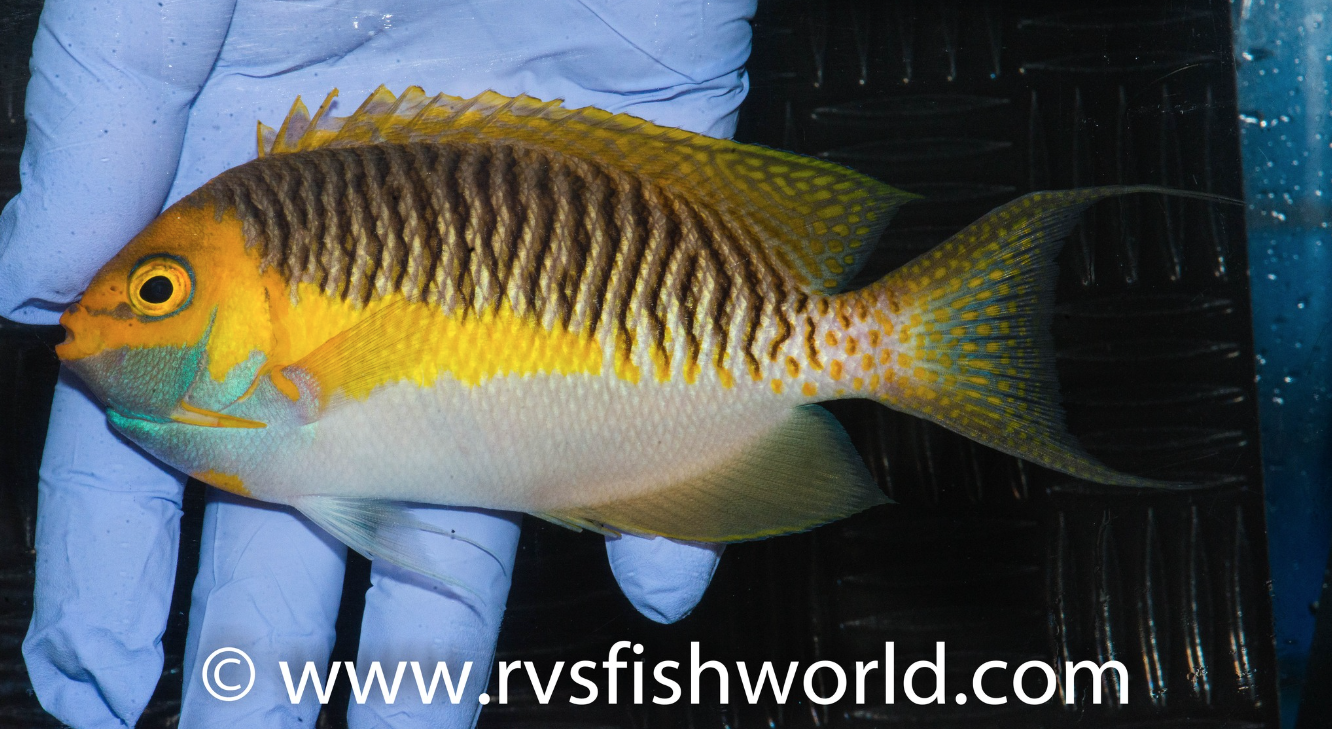
“With every success comes trials and there have been issues with jealous individuals and self-proclaimed environmentalists gossiping and causing a fuss. Fortunately, this has been simple to rectify for RVS Fishworld Inc and its team by allowing local maritime enforcement to train alongside and accompany our diving teams to observe everything in real-time.”
Transport
“Logistics of transporting the fish is certainly a challenge from Calayan Island, with no currently active commercial cargo from the airport there.”
Travel documents needed for Live Tropical Fish – LTF
1. LGU Auxiliary permit from Municipal Agriculture.
2. Land Transport Permit BFAR regional office.
“Then the fish must take a six-hour journey on a ferry then a further three-hour diversion by road to collect transit papers followed by a seventeen-hour drive in an air-conditioned truck before arriving at the facility (providing there are no hiccups.) This means having a company-run island-based substation imperative so the fish handling is impeccable and they are packed as best as possible to make their long-winded journey to Manila.”
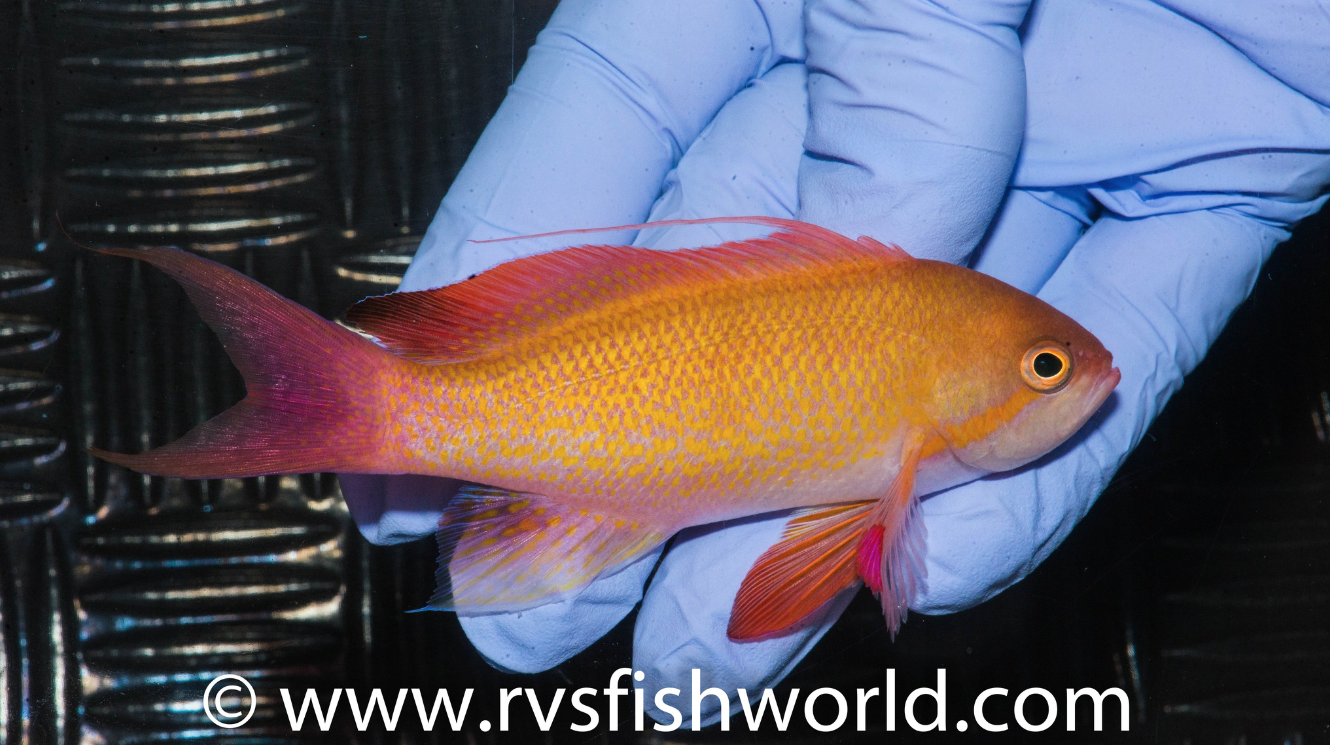
“The fish finds so far have been very exciting with the expected and significant Masked swallow angelfish, Genicanthus semifasciatus, plus an abundance of Yellow tangs, Zebrasoma flavescens (and hybrids of these with Scopas tangs Zebrasoma scopas,) Achilles tangs, Acanthurus achilles, Mustard tangs, Acanthurus guttatus Mystery wrasse, Pseudocheilinus ocellatus, Starkii damselfish, Chrysiptera starkii, and Lavender firefish, Nemateleotris lavendula.“
“Most interestingly so far is the collection of the gorgeous Noble anthias, Franzia nobilis, and another stunning species that is currently known only as Pseudanthias cf. charlenae that is yet to be officially described.”
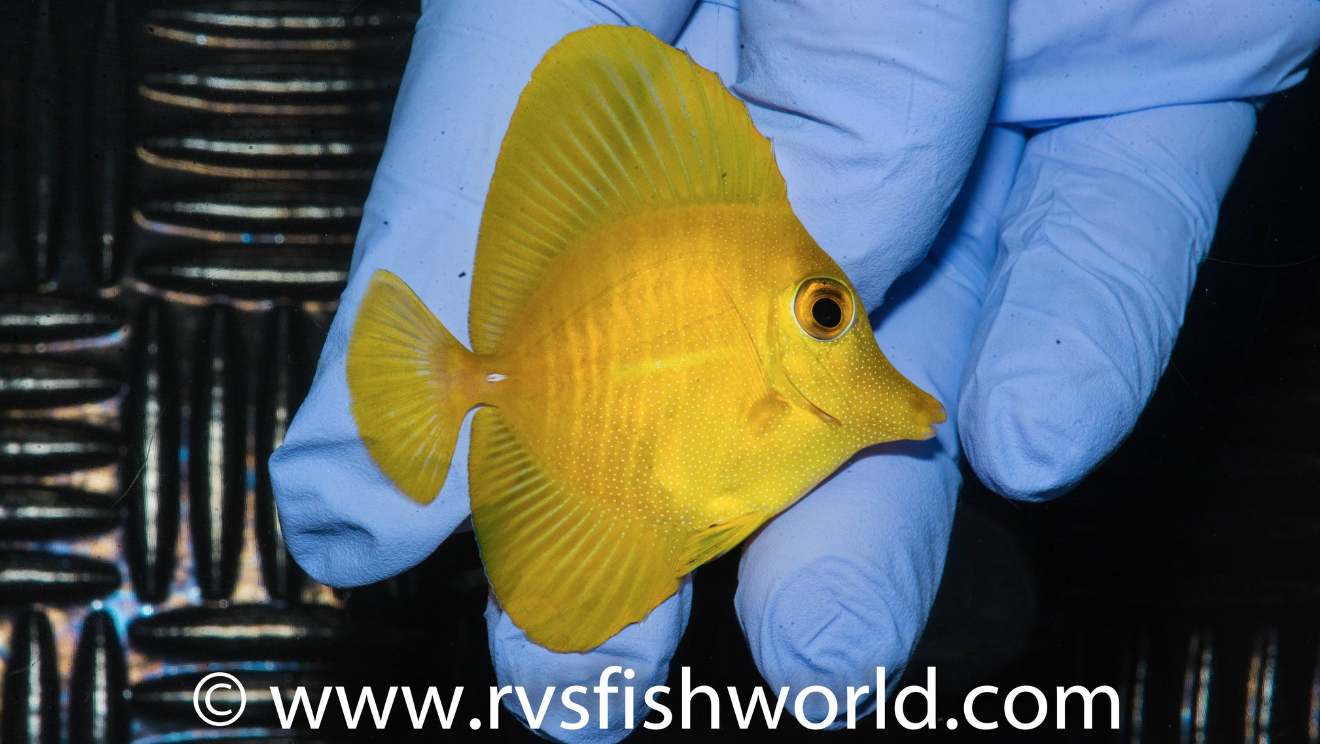
“Neither of these two anthias species has been frequently offered to the trade owing to their limited distribution from Japan to the Northern Philippines. There is however a review underway on the whole Anthias group and we’ve seen big changes already so we expect the undescribed Anthias species to soon be named.”
“Overall this training has proven to be a great success. It is a very positive force in the community, just like every other training RVS Fishworld Inc. has historically conducted, and is perfectly replicable for many island communities, so long as logistics allow.”
“As more divers get trained around Calayan island and its neighbors and as more areas are explored we expect an absolute explosion of fish diversity and discovery, as if what RVS Fishworld Inc already have in their inventory isn’t special enough!”
